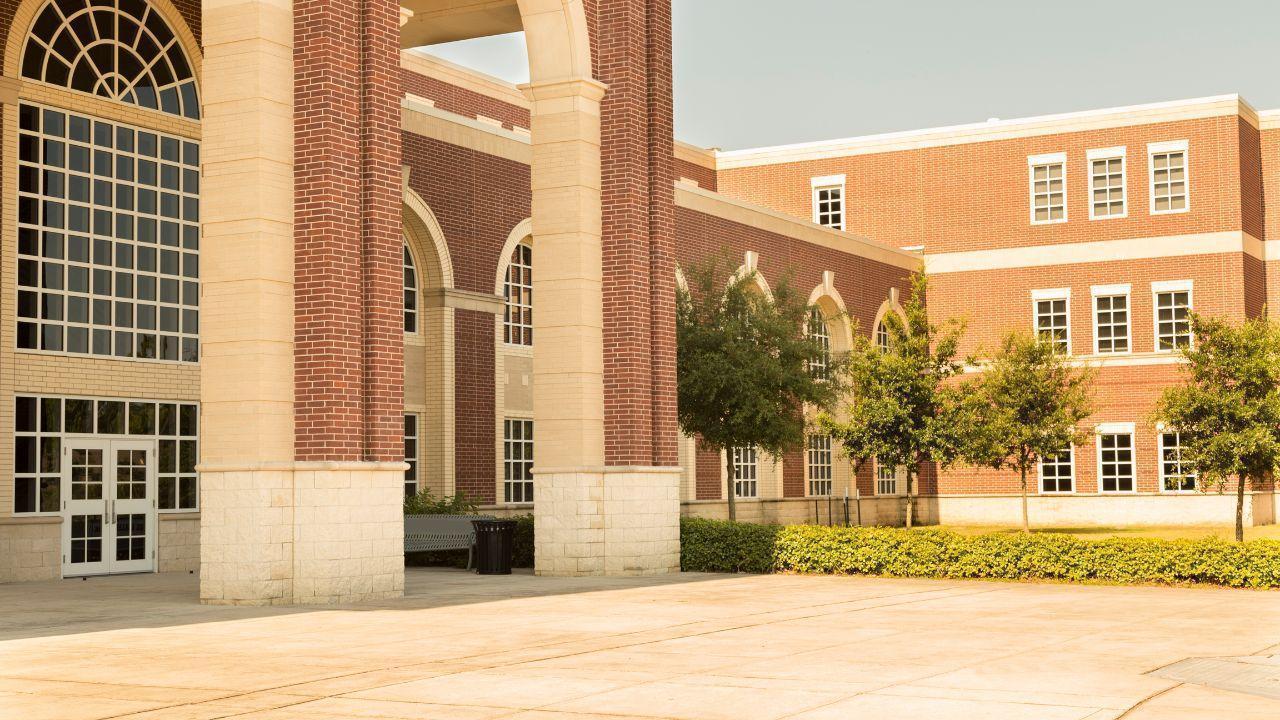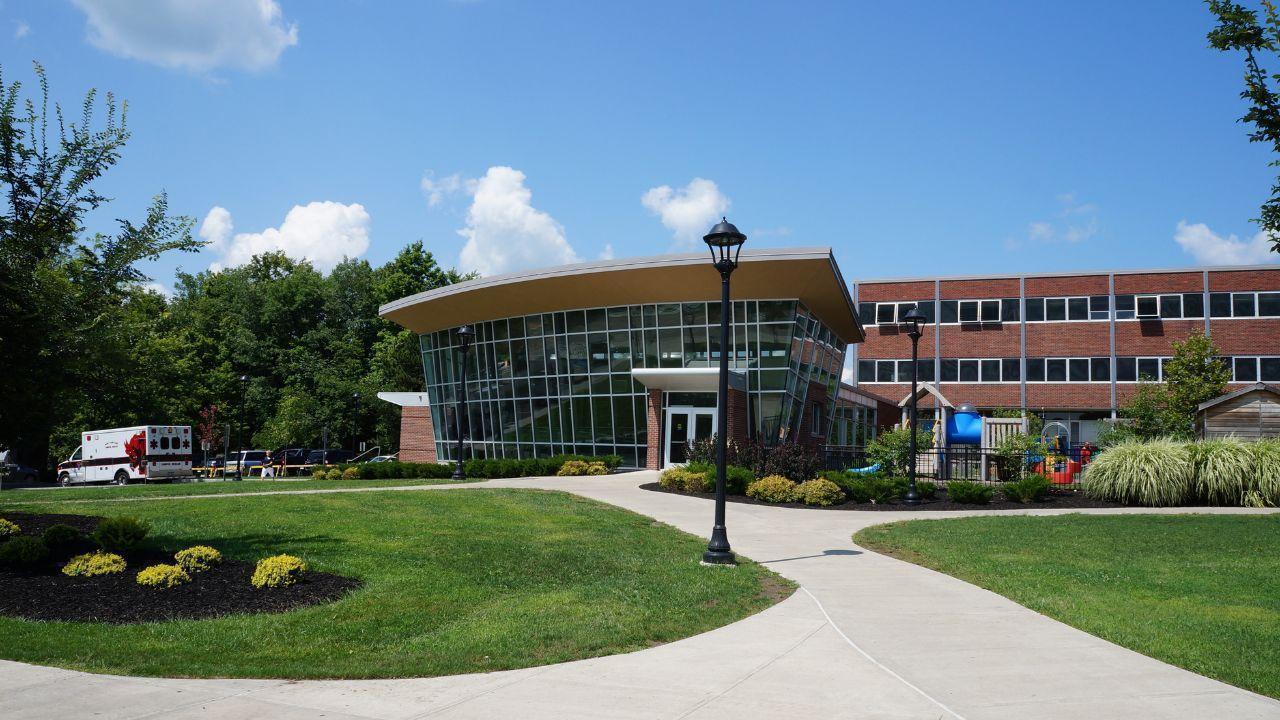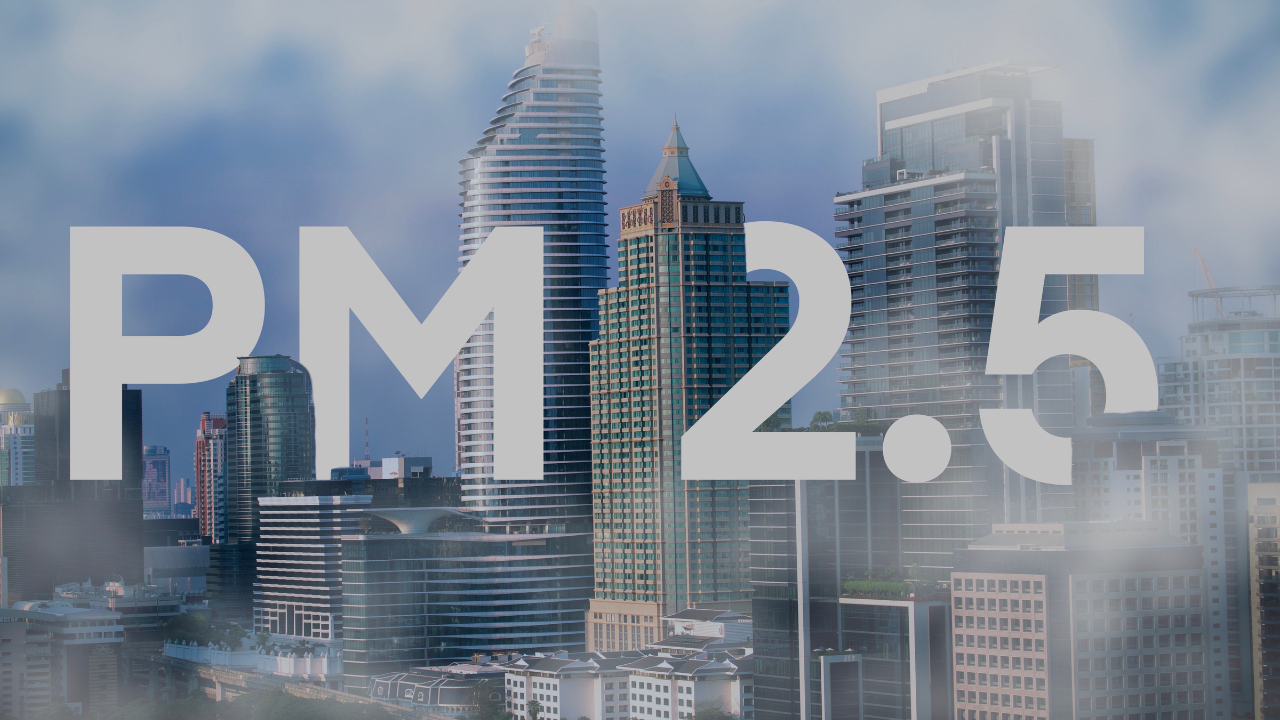



Hidden Visa Expenses Add Financial Stress For Global Students
Many students around the world dream of studying in countries like the United States, Canada, the United Kingdom, or Australia. While people often talk about high tuition fees or living expenses, there is one big issue that does not get enough attention — the financial burden of visas for international students.
The cost of getting a visa to study abroad is not only about the application fee. There are many small and unexpected costs that add up. For many students and their families, these costs become a heavy burden before they even board the plane.
What Is a Student Visa and Why Is It Expensive?
A student visa is a document that gives international students legal permission to study in another country. Without this visa, students are not allowed to enter or stay for study purposes.
Each country has its own rules and fees for student visas. The cost of just applying for the visa can range from $150 to over $700, depending on the country. In the U.S., for example, students must pay both a visa application fee and a SEVIS fee, which together cost over $500. In the UK, the visa fee is over £490, and that does not include the healthcare surcharge that students must also pay.
However, these fees are just the beginning of the financial journey. The real cost is much more than just paying for the visa form.
The Travel Costs Behind Every Application
In many countries, students must attend a visa interview in person at an embassy or consulate. For students living in small towns or rural areas, this means traveling long distances to reach the nearest visa center.
Sometimes students need to fly or take a train and even stay in a hotel overnight. They also need money for meals and local transport during this trip. These travel costs are often not planned for in advance but can add up quickly. For a student already saving hard for their studies, this extra expense can be difficult.
Hidden Costs in Preparing Documents
To apply for a student visa, students must collect many official documents. This includes proof of admission from the university, bank statements to show financial support, and sometimes police clearance and medical test reports.
In many cases, documents need to be translated into another language, notarized, or delivered by courier. These services cost money, and each one may seem small on its own. But when added together, they become another hidden cost of the visa process.
Paying for Legal Help or Visa Consultants
Because the visa process can be confusing, many international students turn to visa consultants or agents. These professionals help with filling out forms and gathering documents. However, they charge a fee for their service.
Some consultants charge hundreds of dollars, and for students who are already stressed, it can feel safer to pay someone rather than risk making a mistake. While this help can be useful, it also adds more weight to the financial burden of visas for international students.
Proof of Funds: Another Financial Challenge
Most countries ask students to show they have enough money to support themselves while studying. This is known as proof of funds. The amount needed is often very high. In Canada, for example, students must show at least 10,000 Canadian dollars in their account. In the UK, students must show proof of money for each month of study.
While you don’t pay this money upfront, you need to have it in your bank account — sometimes for several months. Some students borrow this money just to show it, and that loan becomes another cost. It can create pressure on families who may already be struggling to afford international education.
Health Insurance and Medical Requirements
In many countries, students are required to buy health insurance either before or right after getting their visa. This is often a legal rule and not optional. The cost of student health insurance can range from a few hundred to over a thousand dollars per year.
In Australia, for example, international students must buy Overseas Student Health Cover (OSHC), which is another large cost. In the UK, students pay a healthcare surcharge with their visa fee. These costs often come as a surprise to students who did not expect to pay for medical care before even arriving in the country.
When a Visa Gets Rejected
One of the hardest parts of the visa journey is when the visa is rejected. Sadly, if this happens, the money spent is not returned. The student loses the visa fee, the SEVIS or healthcare charges, the travel costs for interviews, and all the money paid for paperwork and consultants.
Many students try again — and pay all these fees one more time. For families with limited income, this can be heartbreaking.
Disclaimer:
The information in this article is for general awareness only. While Myedugoal aims to provide accurate and up-to-date content, visa policies and costs may change at any time. We recommend checking official government websites or consulting a licensed immigration expert before making any decisions. Myedugoal is not responsible for any financial or legal outcomes based on this information.
#trending #latest #myedugoal #internationalstudents #studentvisa #visaapplication #studyabroad #immigration #visacosts #hiddenvisaexpenses #studyvisa #visaprocess #studentlifeabroad #educationabroad #studyabroadjourney #overseasstudents #internationaleducation #visarejection #visaconsultant #studentbudget #financialplanningforstudents #studentvisahelp

University Internships That Help You Get a Job After Graduation... Read More.

Is It Smarter to Start at a Community College... Read More.
 Fake posts hit Czech PM Fiala's X
Fake posts hit Czech PM Fiala's X
Fake posts disrupt Czech PM Fiala's X account security
 Switzerland Tightens Export Rules
Switzerland Tightens Export Rules
Switzerland expands export controls on dual-use goods
 Google unveils Ironwood AI chip
Google unveils Ironwood AI chip
Google introduces Ironwood chip to accelerate AI tasks & apps
 TSMC Q1 revenue up 42%
TSMC Q1 revenue up 42%
TSMC sees 42% revenue surge in Q1, surpassing forecasts
 Amazon CEO Outlines AI Vision
Amazon CEO Outlines AI Vision
Amazon CEO reveals AI investment plans in new letter
 Osaka Hosts World Expo 2025
Osaka Hosts World Expo 2025
Japan blends tech and culture at Osaka Expo 2025 launch
 A16z Plans Big Bet on AI Startup
A16z Plans Big Bet on AI Startup
A16z may lead huge round in ex-OpenAI CTO’s new AI firm.
© MyEduGoal. All Rights Reserved. Design by markaziasolutions.com